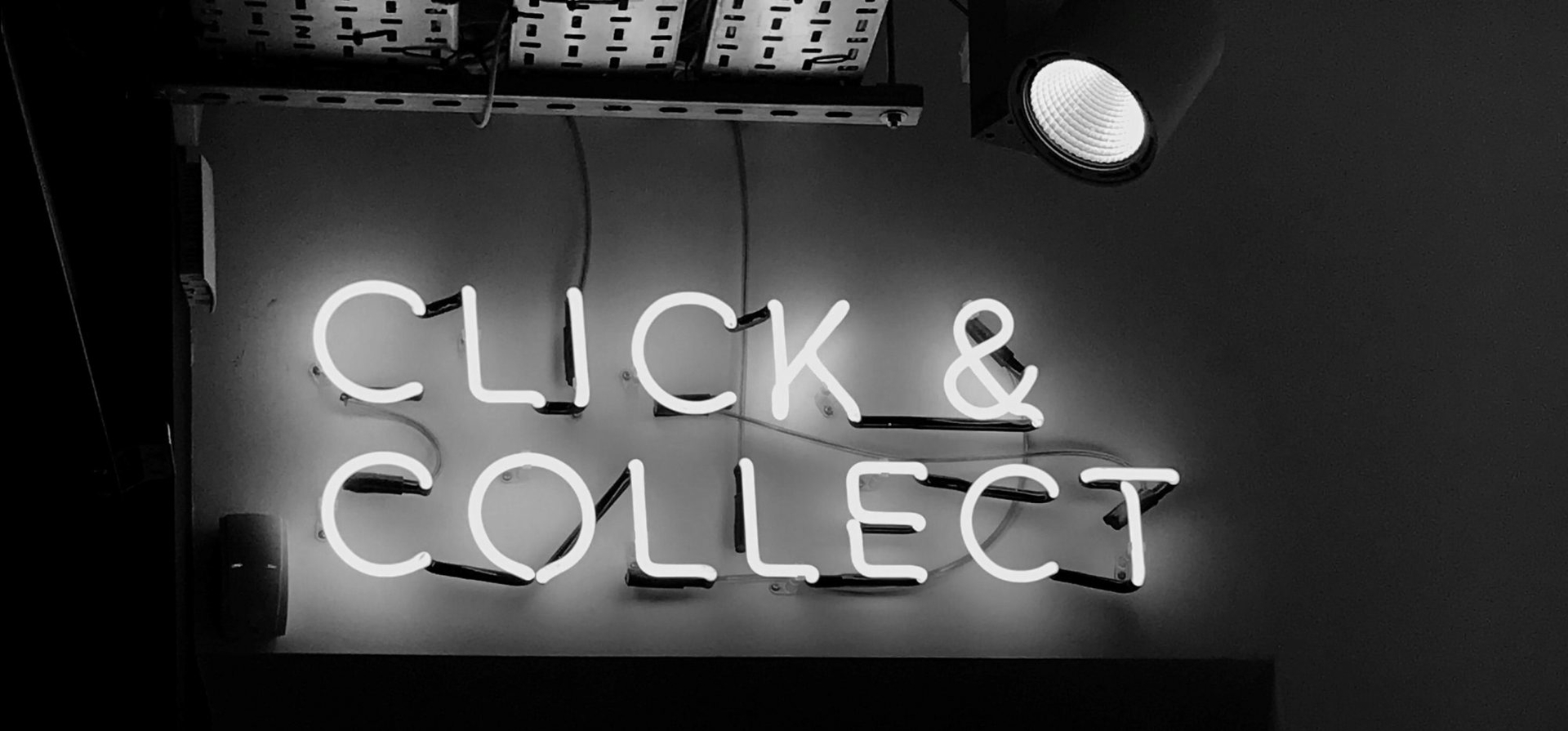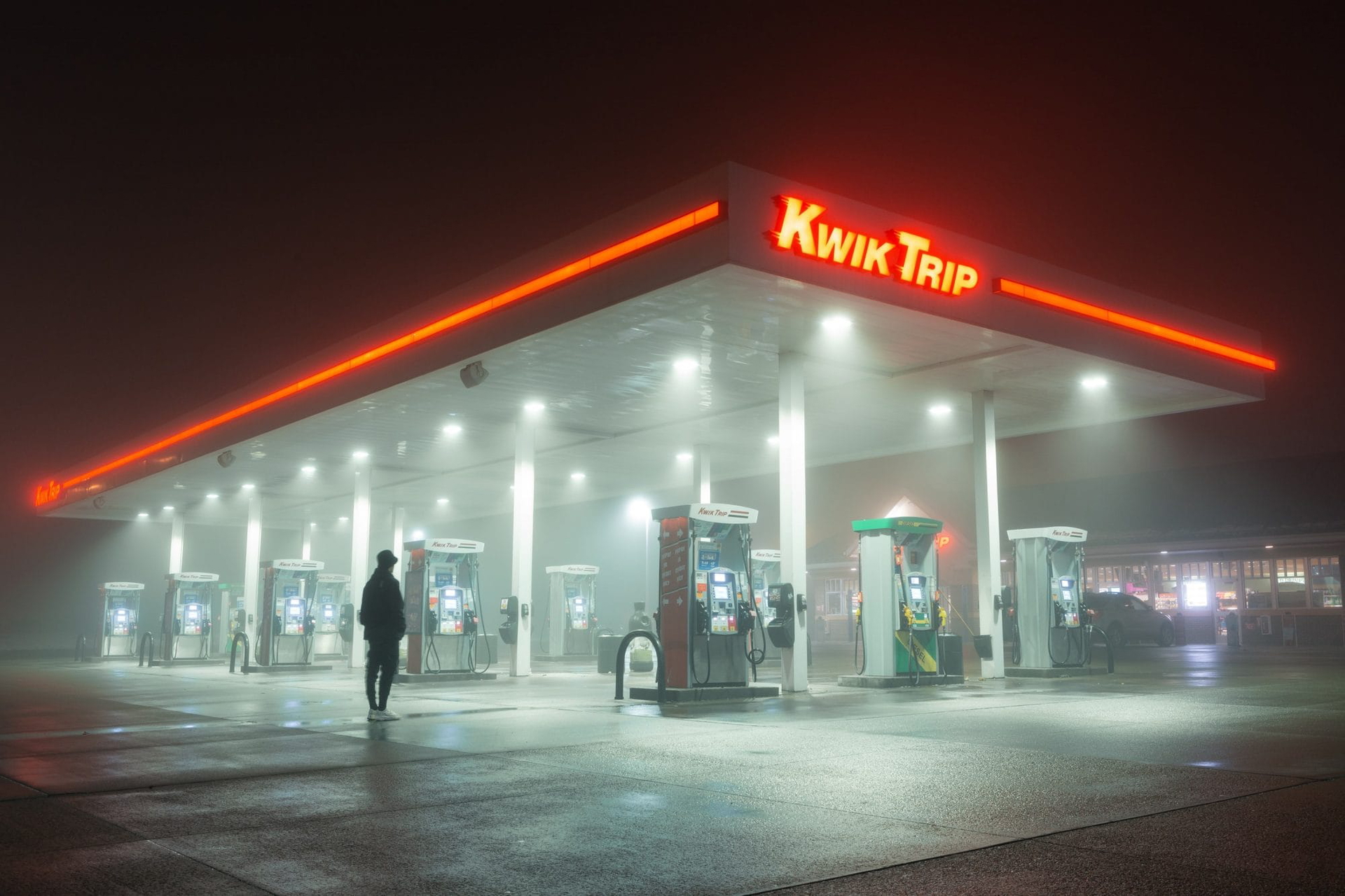Flexible Payment Options and Last Mile Fulfilment
Exploring the agile retail strategies that brands and retailers are employing to help consumers navigate an industry as boundless as the retail industry
In part three of the Design4Retail, Agile Retail blog series, we explore how some brands and retailers are intelligently using flexible payment and Last Mile fulfilment options (the methods by which consumers can ultimately obtain their goods) to remove the barriers that modern consumers commonly face when navigating the retail landscape.




